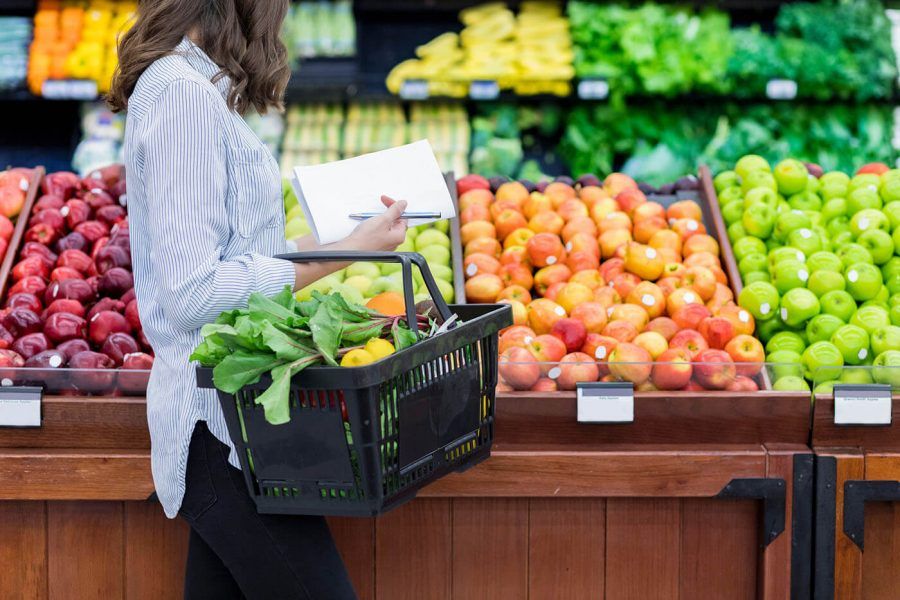In this article:
Shrinkflation is a phenomenon where companies reduce how much of a product you get while keeping prices the same. A combination of the words "shrinkage" and "inflation," it avoids the problem of sticker shock that's common with inflation but can hurt your wallet just the same if you're not used to checking the size or quantity of the products you buy.
What Is Shrinkflation?
Shrinkflation is essentially a way for consumer goods manufacturers to get away with charging more money for less product.
For example, let's say that you regularly buy a certain brand of cereal. When there's not a sale going on, you usually pay $3.99 for a 14-ounce box. If the price increases to $4.99, you may be less likely to buy the cereal as often. As a result, some manufacturers may keep the price the same and reduce the contents of the box to 12 ounces instead.
While you're still paying the same price, you may not even notice you're getting roughly 14% less with every box. In other words, you may run out more quickly and end up buying cereal more frequently.
If you've noticed that your money isn't going as far as it used to with groceries, but you haven't noticed considerable price changes, it could be a result of shrinkflation.
How Do You Avoid Shrinkflation?
Unless you've been paying attention to sizes and quantities in the past, it can be difficult to know if you're being affected by shrinkflation. For example, you may easily miss that a bag of Doritos now has five fewer chips, which doesn't sound like a lot, but it cuts the bag from 9.75 ounces to 9.25 ounces, a 5% reduction per bag that can add up over time.
Here are some steps you can take to avoid, or at least limit, the effects of shrinkflation on your budget:
- Check the container size and cost per unit. If you have been paying attention to packing sizes, check your favorite products before you buy to see if something seems off. You can even do some research online to see if products you regularly buy have been affected by shrinkflation.
- Buy in bulk. Even with smaller packaging, you can generally get a discount when you buy food and other items in bulk. Watch out for bulk sales at local grocery stores or get a membership to a wholesale club like Costco or Sam's Club if you don't already have one.
- Buy a different brand or product. If you're not married to a particular brand, you may consider switching to one from a manufacturer that hasn't engaged in shrinkflation practices. You could even look for substitute products—for example, tortilla chips instead of potato chips—to save.
- Shop elsewhere instead. While manufacturers typically suggest retail prices for their goods, retail stores may adjust the final price for the consumer. If you have time, look out for advertisements from multiple stores in your area to see if you can save by taking advantage of sales and lower prices in general.
How Can You Save Money on Groceries?
While shrinkflation is a major concern for consumers, so is traditional inflation, which has a more noticeable impact on your budget. Here are some tips to help you save on general grocery expenses regardless of how prices and quantities are determined:
- Use coupons. Couponing can be a time-intensive hobby, but it could help you save on your favorite items without needing to switch to a different brand or a substitute. You can look up coupon databases, sign up for newsletters from your favorite retailers and more.
- Make a menu. Having a specific menu for the upcoming week can help you avoid buying items that you don't necessarily need.
- Buy in person. Grocery delivery services can be incredibly convenient, and, in some cases, they can prevent you from buying items that catch your eye while at the store. But groceries may cost more than if you were to shop in-store, and you'll also have to pay a service fee, delivery fee and tip.
- Cut back on snacks. Depending on your situation, cutting back on how much you eat, particularly snacks and other treats, could help you save some money.
- Buy cheaper brands. Depending on the item, there may be several different brands from which you can choose. If you can buy a cheaper brand without sacrificing too much quality, it can be worth it in the long run.
The Bottom Line
While inflation has been on the minds of consumers for several months now, shrinkflation is a quieter threat to your wallet. To avoid being taken advantage of, watch out for signs of shrinkflation in your grocery shopping and look for alternatives and other money-saving opportunities to stretch your grocery budget further.

